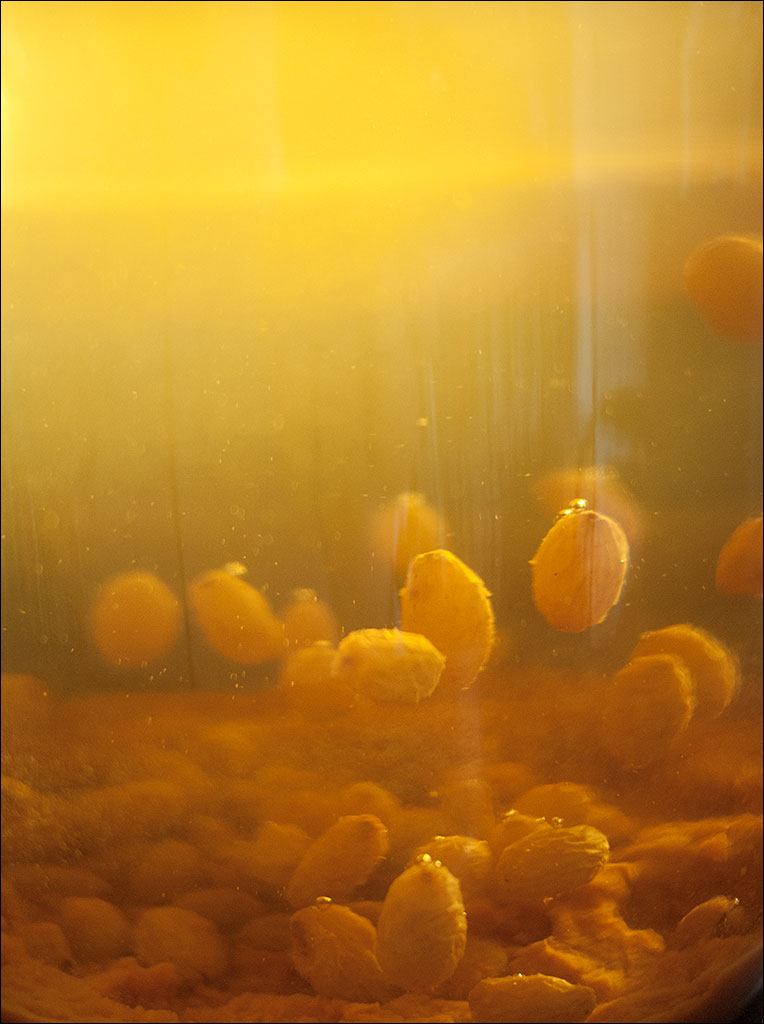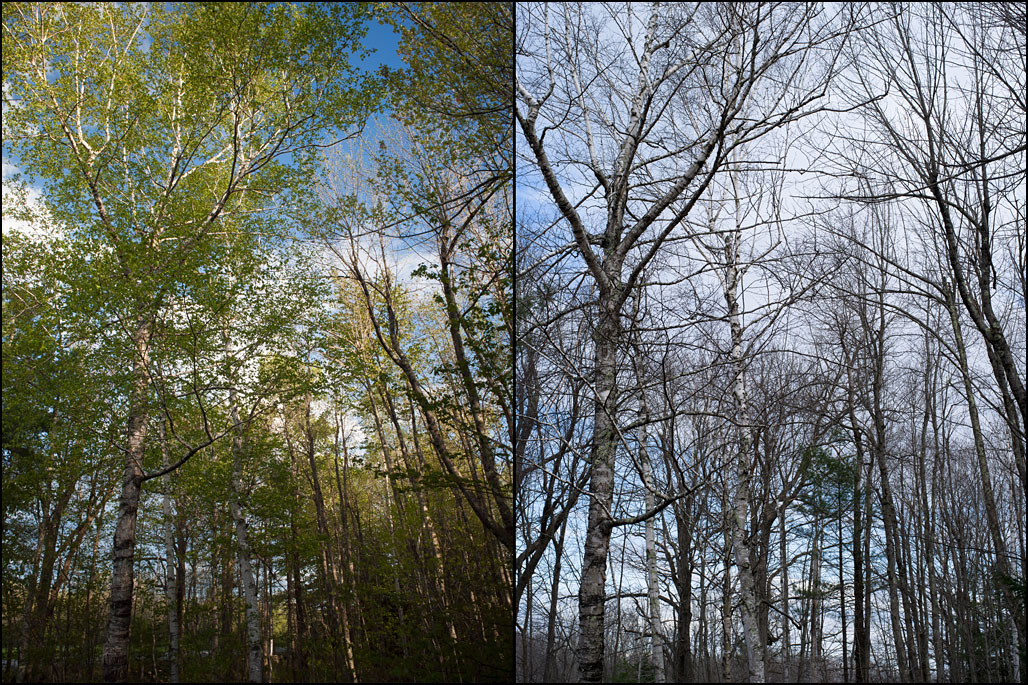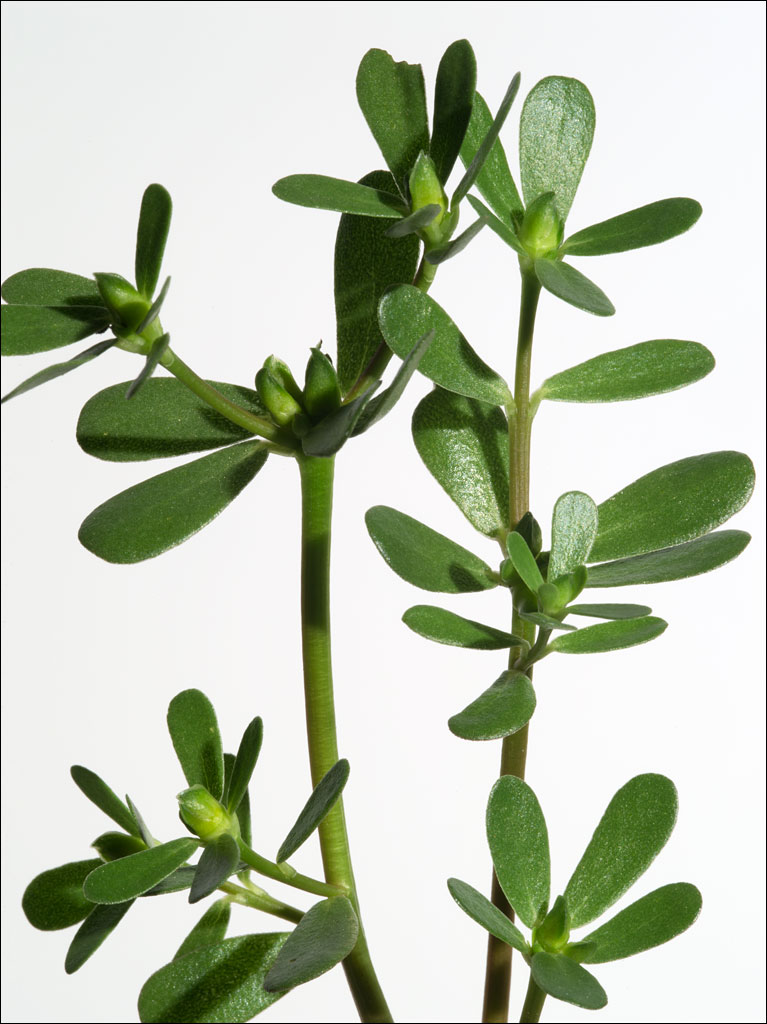 We have been asked for a little bit more information about how we make our hard cider. We follow the recipe for New England Barrel Cider, which we found in the wonderful book Cider: Making, Using & Enjoying Sweet and Hard Cider by Anne Proulx and Lew Nichols, an excellent reference for any cidermaker.
We have been asked for a little bit more information about how we make our hard cider. We follow the recipe for New England Barrel Cider, which we found in the wonderful book Cider: Making, Using & Enjoying Sweet and Hard Cider by Anne Proulx and Lew Nichols, an excellent reference for any cidermaker.
Tag Archives: Self-sufficient Life
Blackberry Pie
 Naomi made blackberry pie this week. The blackberries were gathered on our land at the end of last summer. We have been using this fruit in our vegetable smoothies and, naturally, pies. Click on the image for a larger and more mouthwatering view or continue reading for the recipe. Continue reading
Naomi made blackberry pie this week. The blackberries were gathered on our land at the end of last summer. We have been using this fruit in our vegetable smoothies and, naturally, pies. Click on the image for a larger and more mouthwatering view or continue reading for the recipe. Continue reading
Awaiting Spring
 This has been a long, hard winter (globally, this March was the fourth hottest on record, while the eastern US sat in unusual cold). The image on the left was taken in our woods on May 3rd, 2010. The picture on the right was taken in the same place last Sunday, April 27th. May 3rd is this Saturday. While I would not be disappointed in a miracle that could transform our woodland into something that looks like the first image, I am also not very hopeful. I am more inclined to think it will snow. Click on the image for a larger view.
This has been a long, hard winter (globally, this March was the fourth hottest on record, while the eastern US sat in unusual cold). The image on the left was taken in our woods on May 3rd, 2010. The picture on the right was taken in the same place last Sunday, April 27th. May 3rd is this Saturday. While I would not be disappointed in a miracle that could transform our woodland into something that looks like the first image, I am also not very hopeful. I am more inclined to think it will snow. Click on the image for a larger view.
This Year’s Tomatoes
 We are going through the annual ritual of starting the garden. With the short Maine summer and unpredictable spring, many plants need a little help. With about one hundred tomato plants, it gets crowded in the house as they grow and need replanting. However, it is well worth the effort as they give us a year’s supply of their wonderful fruit. Click on the image for a larger view.
We are going through the annual ritual of starting the garden. With the short Maine summer and unpredictable spring, many plants need a little help. With about one hundred tomato plants, it gets crowded in the house as they grow and need replanting. However, it is well worth the effort as they give us a year’s supply of their wonderful fruit. Click on the image for a larger view.
Hard Cider
 This weekend we bottled our hard cider. We made seven and a half gallons or twenty-eight liters, which we store in half-gallon jugs. That should last the year.
This weekend we bottled our hard cider. We made seven and a half gallons or twenty-eight liters, which we store in half-gallon jugs. That should last the year.
We start in the fall with sweet cider pressed at the hight of apple season. We are able to get the juice without any preservatives. We simply add sugar or honey for primary fermentation and then use uncoated raisins for the secondary fermentation. Depending on the flowers the bees feed from, the honey can impart a subtle fragrant flavor. Most raisins are coated with oil to prevent them from sticking together, but the oil will contaminate the cider—uncoated raisins are tricky to find. We make a single batch in a nine-gallon container, but we have also used one-gallon glass jugs.
St. John’s Wort—Edible Weeds
 St. John’s Wort, Hypericum perforatum, is native to Europe, but is found in abundance in the US. In some places, it is considered a pernicious weed. If you introduce this plant to your garden, it can be hard to control.
St. John’s Wort, Hypericum perforatum, is native to Europe, but is found in abundance in the US. In some places, it is considered a pernicious weed. If you introduce this plant to your garden, it can be hard to control.
We use the leaves and flowers: fresh for salads and dried for tea. St. John’s Wort is said to help mild depression. We find the tea very relaxing.
Some people can have a reaction to St. Johns Wort—nausea, diarrhea, headaches, photodermatitis—and it can interfere with some medications; please consult your doctor. Always research plants you intend to consume. You should consider our posts a starting point, not a definitive source of information.
Purslane—Edible Weeds
 Purslane, Portulaca oleracea, is known as pursley in Maine. The stems and leaves are edible. The seeds can also be used for flour. Purslane can be cooked like spinach. Like spinach, it is rich in iron. We like to use it fresh in salads and smoothies. Unlike many wild plants, Purslane is not bitter and the leaves have a wonderful texture.
Purslane, Portulaca oleracea, is known as pursley in Maine. The stems and leaves are edible. The seeds can also be used for flour. Purslane can be cooked like spinach. Like spinach, it is rich in iron. We like to use it fresh in salads and smoothies. Unlike many wild plants, Purslane is not bitter and the leaves have a wonderful texture.
WARNING: Purslane can be confused with the poisonous hairy-stemmed spurge. As the name suggests, this plant has a hairy stem. A milky saps is discharged when a stem cutting is squeezed. It is important to refer to guidebooks or local foraging experts to identify plants. Please look at our posts as starting points, not as definitive references on plants.
Yarrow—Edible Weeds
It is important to refer to guidebooks or local foraging experts to identify plants. Please look at our posts as starting points, not as definitive references on plants.
 Yarrow, Achillea millefolium, is well known as a medicinal herb. The leaves are bitter, but can be eaten raw or cooked; we put young leaves in a smoothies with other greens. We use the flowers to make tea as well as a vodka tincture we add to tea. For bug bites and cuts, we make a tincture with the flowers and leaves.
Yarrow, Achillea millefolium, is well known as a medicinal herb. The leaves are bitter, but can be eaten raw or cooked; we put young leaves in a smoothies with other greens. We use the flowers to make tea as well as a vodka tincture we add to tea. For bug bites and cuts, we make a tincture with the flowers and leaves.
Lamb’s-Quarters—Edible Weeds
It is important to refer to guidebooks or local foraging experts to identify plants. Please look at our posts as starting points, not as definitive references on plants. Some medical conditions can be complicated by wild plants.
 Lamb’s-quarters, Chenopodium album, also known as pigweed, goose foot, and wild spinach, has edible leaves and seeds. While the leaves can be eaten raw, it is not recommend to eat large quantities as the leaves contain saponins. Cooking reduces these. Cooking also reduces the oxalic acid content. The leaves can be harvested from mid-spring into the fall.
Lamb’s-quarters, Chenopodium album, also known as pigweed, goose foot, and wild spinach, has edible leaves and seeds. While the leaves can be eaten raw, it is not recommend to eat large quantities as the leaves contain saponins. Cooking reduces these. Cooking also reduces the oxalic acid content. The leaves can be harvested from mid-spring into the fall.
The leaves are a good spinach substitute. We add fresh leaves to salads and smoothies. We dry or freeze the leaves for winter to add to smoothies. Like spinach, we steam and sauté the stems and leaves, or add them to soups. In Japan, lamb’s-quarter is also recognized as an edible wild plant. The young leaves are boiled and marinated with sesame seed or peanut butter dressings.
The seeds are very nutritious and can be ground into flour. We have found the seeds to be really small and difficult to harvest. The seeds aren’t wasted: our population of wild birds love them.
White Clover—Edible Weeds
 White clover, Trifolium repens, has its flowering head on separate stalks from its leaves. We make tea from the flowers of a variety of clover in our garden. We have found the white clover to be the sweetest. We also add the flower to salads and smoothies.
White clover, Trifolium repens, has its flowering head on separate stalks from its leaves. We make tea from the flowers of a variety of clover in our garden. We have found the white clover to be the sweetest. We also add the flower to salads and smoothies.
Before the clover flowers, the young leaves can be used in salads and soups, but we find them too bitter. We have heard that the dried leaves can be used as a vanilla substitute for baking—something we wish to try this summer.
